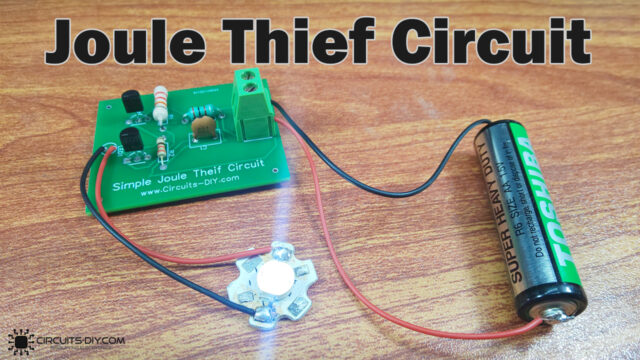Introduction
The UM3561 IC Tone Generator Circuit is a true marvel of electronic engineering. With just a few basic electronic components, this chip can create a wide range of unique siren sounds, from ambulance and police sirens to machine gun and fire brigade sounds. This integrated circuit has revolutionized toy vehicles’ operation, allowing for more realistic and engaging play experiences.
But the UM3561 is not just for toys. We can also use it in various other applications, such as alarms, tone generators, and even as a sound effect in movies and TV shows. Its compact size and low cost make it popular among hobbyists and professionals. So, whether you’re a seasoned electronics enthusiast or a beginner just starting out, the UM3561 IC Tone Generator Circuit is worth exploring. In this blog post, we’ll dive deeper into the features, workings, and potential uses of this incredible technology.

IC UM3561: An Overview
The UM3561 integrated circuit (IC) comprises an oscillator and selector stages, allowing for the creation of a sleek and stylish audio component with minimal additional components. Its key feature is a pre-programmed mask ROM that replicates the sound of a siren, providing users with a quick and easy way to incorporate this sound into their projects.
At the heart of the UM3561 is a tone generator capable of producing various musical tones using the oscillator clock and data stored in the ROM. Each piece of data in the ROM corresponds to a specific tone, which can be selected using the data location’s address. This allows users to easily create custom sounds or use pre-set tones without the need for extensive programming knowledge.
In addition to its versatility, the UM3561 is highly efficient, with a standard working voltage of 3V and a working current of just 150μA. Its output current is also low at 3mA, making it an ideal choice for projects where power consumption is a concern. Hence, the UM3561 is a powerful and flexible tool for anyone looking to create unique and customizable audio components.
Pin Configuration

Block Diagram

The following block diagram showcases the IC UM3561, which comprises an oscillator circuit. The frequency of this circuit is regulated by an external resistor attached to either the first oscillator (pin7) or oscillator2 (pin8). The amplitudes produced by the oscillator are then transmitted to a control circuit that is dependent on the selection of music tone through pin-6 and pin1.
Subsequently, the control circuit directs the audio frequency to an address counter and the ROM. The tone frequency generated is then made available through the output pin-3. However, the audio output may be relatively low, necessitating an amplifier for a louder tone. To boost the sound, a single NPN transistor is required.
Hardware Required
| S.no | Components | Value | Qty |
|---|---|---|---|
| 1 | IC | UM3561 | 1 |
| 2 | Transistor | AC187 | 1 |
| 3 | Resistor | 220 | 2 |
| 4 | Zener Diode | 3.1V | 1 |
| 5 | Speaker | – | 1 |
| 6 | Polar Capacitor | 100uF 25V | 1 |
Four Siren Sound Generator using UM3561 IC
Circuit Design

Circuit Explanation
The UM3561 circuit can be constructed using basic electronic components and powered by a 3V battery pack, making it well-suited for various low-voltage applications. It has the ability to drive a piezo without requiring any amplification stages. The circuit design incorporates a single transistor amplifier that is capable of driving an 8-ohm speaker. The LM386 amplifier can be used in conjunction with the UM3561 circuit for an increased audio volume.
This circuit design is perfect for low-voltage applications, requiring only a 3V battery pack to operate. The UM3561 circuit can drive a piezo without the need for any additional amplification stages, making it a simple and straightforward design. However, if more audio volume is required, an 8-ohm speaker can be easily connected to the circuit, powered by a single transistor amplifier. Additionally, the LM386 amplifier can be incorporated into the circuit design for even greater audio amplification.
Tone Selector Configuration

Final Words
As we come to the end of this article, it’s clear that the UM3561 IC Tone Generator Circuit is a versatile and efficient device that we can use in various low-voltage applications. Its simplicity and ease of use make it a favorite among hobbyists and professionals alike.
From the block diagram to the working, we have delved into the UM3561 IC Tone Generator Circuit and explored its various features.
Whether you’re a seasoned electronics enthusiast or a beginner, the UM3561 IC Tone Generator Circuit is worth considering for your next project. Try it, and do let us know in the comment section.







